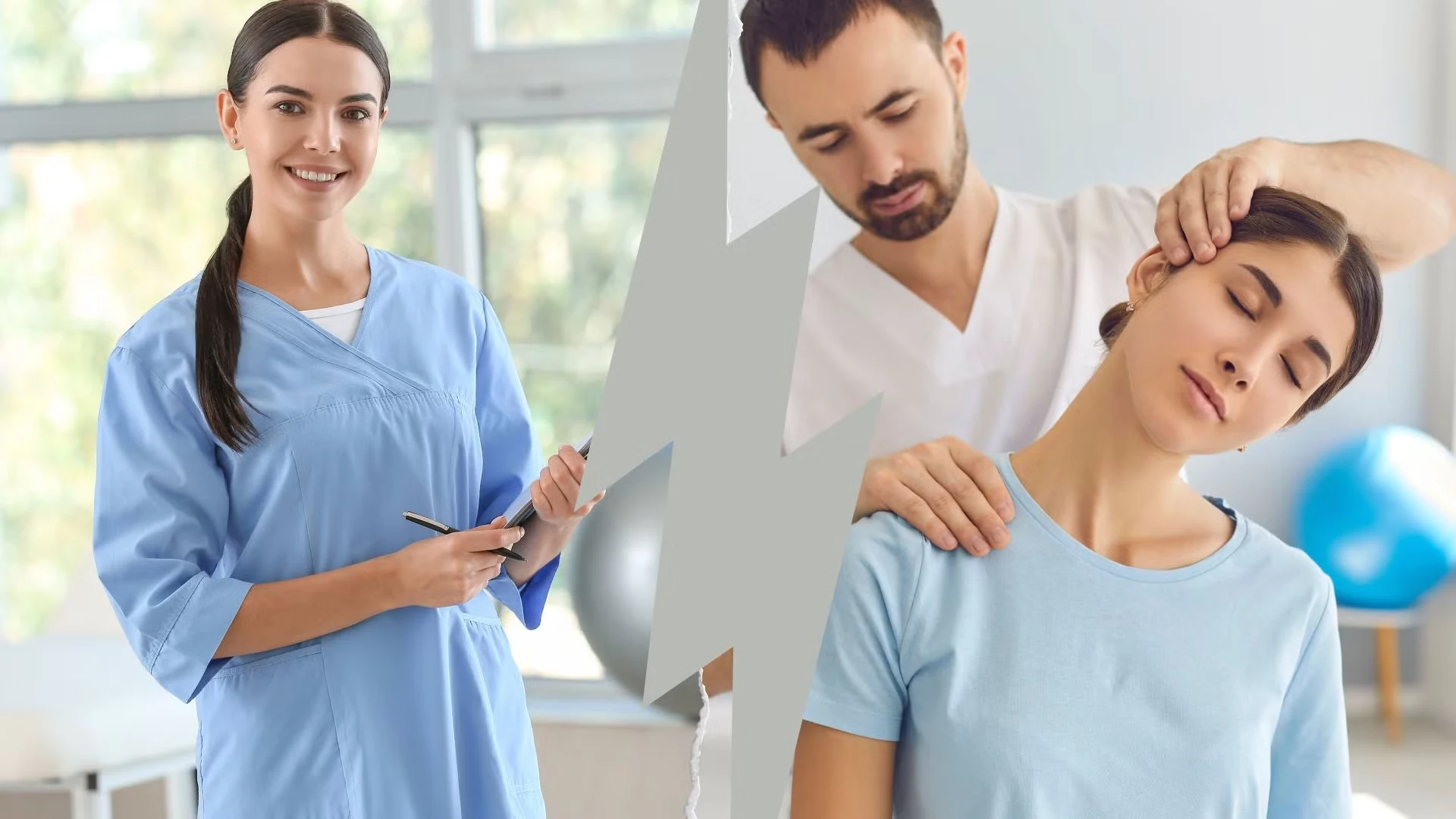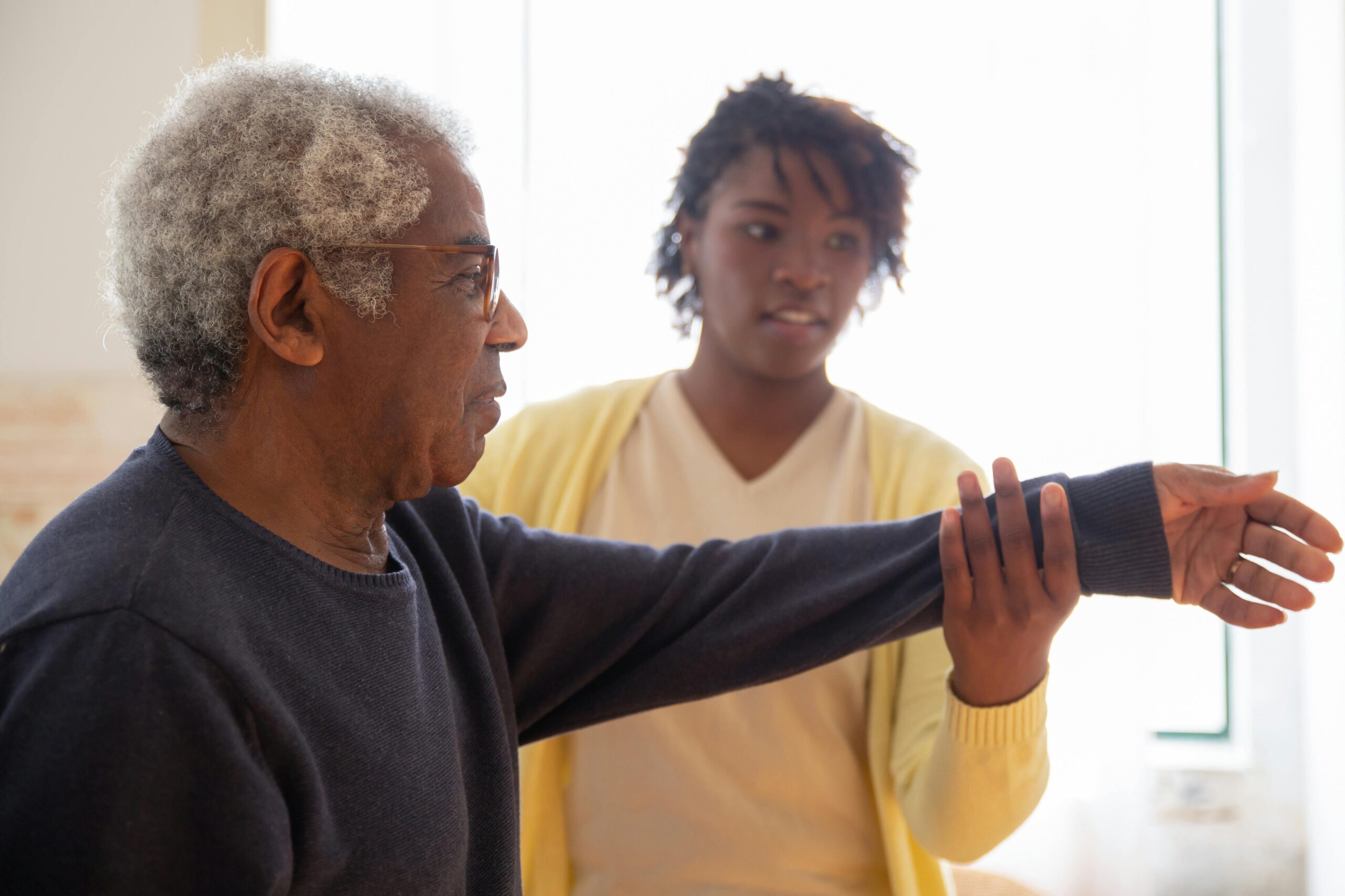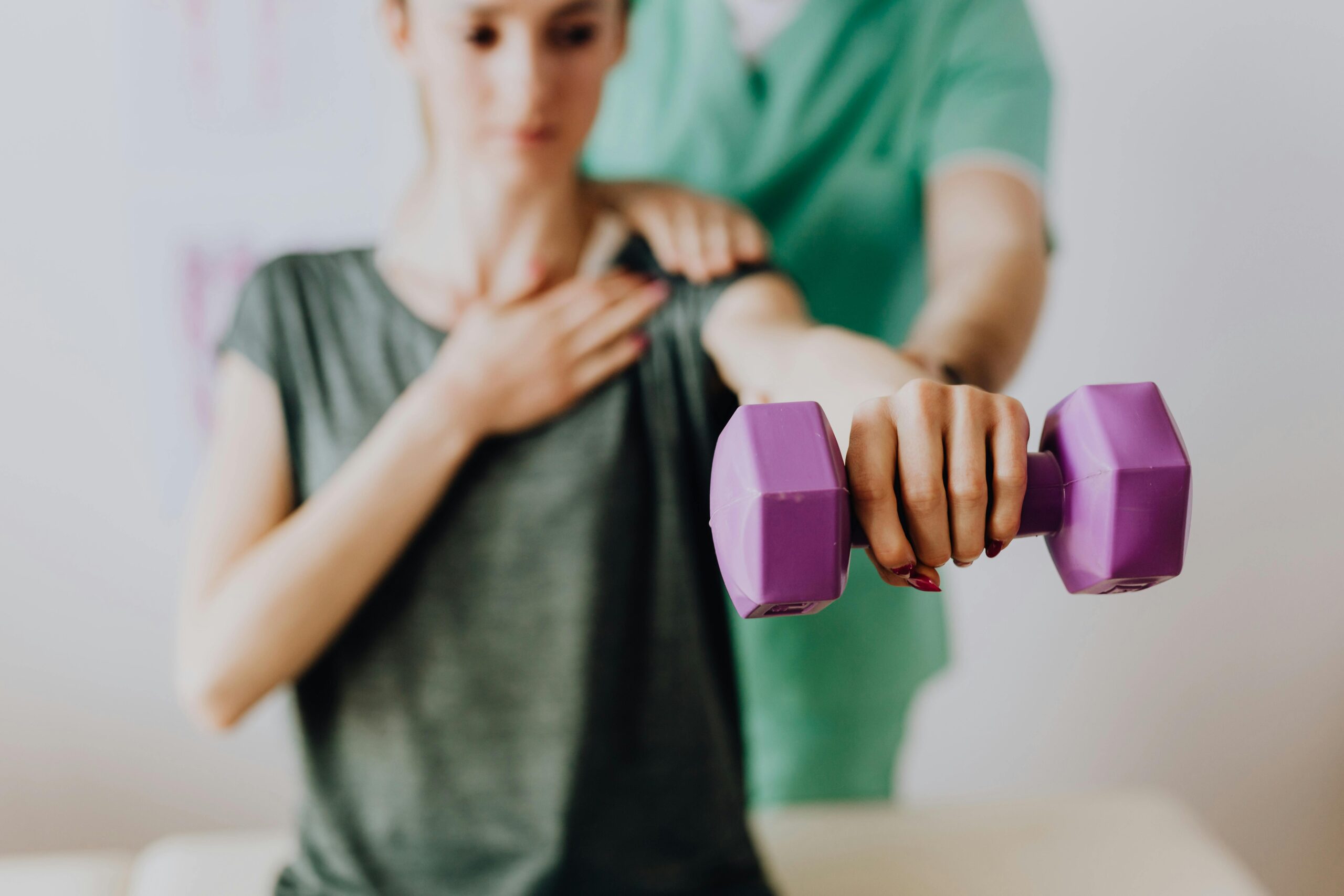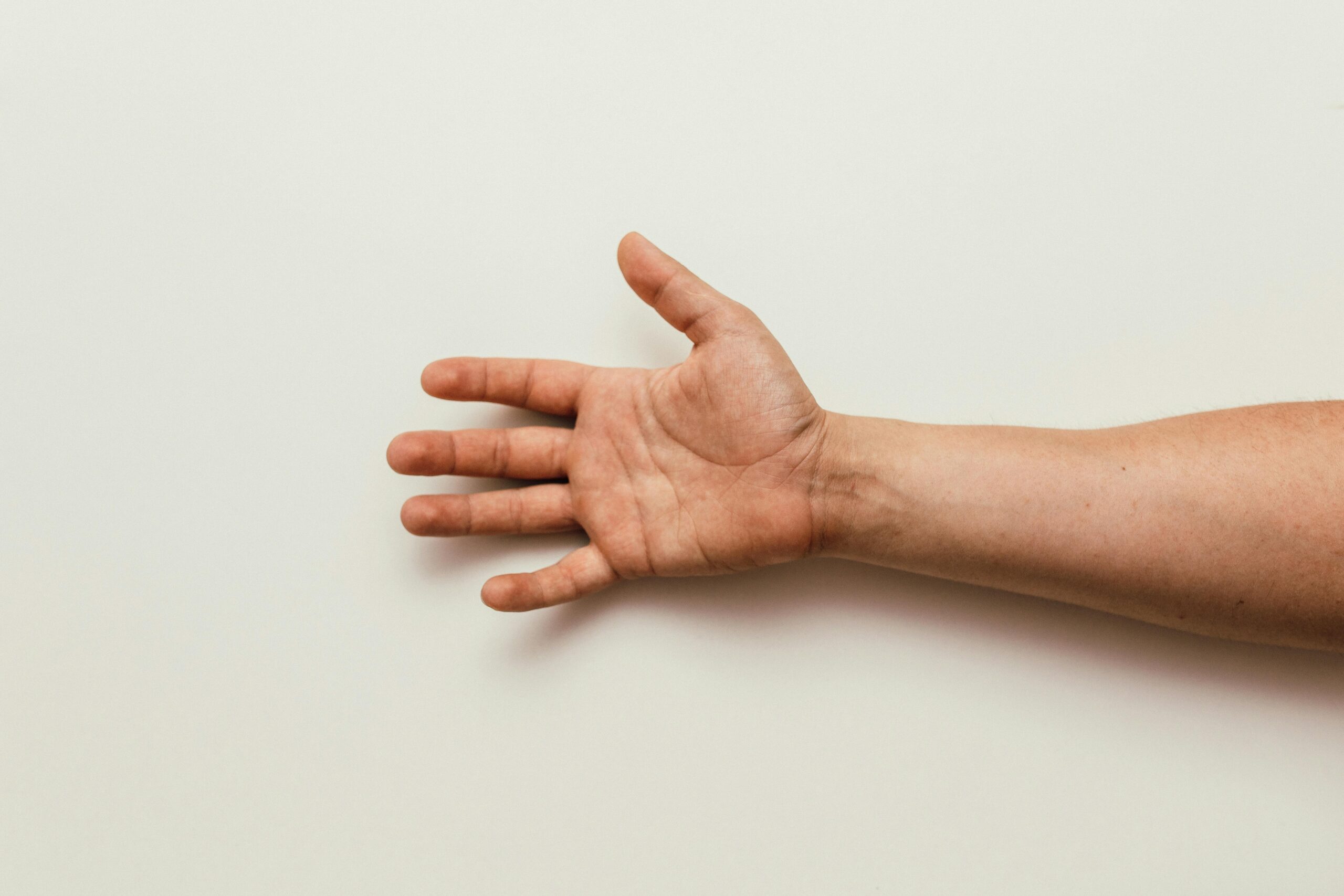Active vs. Passive Therapy at Physiotherapy Clinics

Physiotherapy clinics in Brampton provide two distinct types of physical therapies- active and passive. Both help the patient achieve their health goals. But, they also differ from each other in terms of patient’s movement. Active physical therapy requires you to participate in the activity. Passive therapy, on the contrary, doesn’t need your active participation. Let’s study the comparison of active vs. passive therapy so you know which one is right for you.
Active vs. Passive Therapy
Physiotherapists often recommend both therapies for the complete recovery of patients. Passive physical therapy is like a stepping stone for a more active approach to treating pain and mobility disorders. It helps relax the stressed muscles and prepares them to withstand and benefit from active therapy.
Let’s say you went to a physiotherapist to address an ankle sprain.
So, initially, you must be in a lot of pain and not really in a position to engage in active therapies.
Thus, the physiotherapist uses passive techniques such as applying heat and cold compression on the affected area. Once the ankle pain subsides, they proceed to active therapies.
What is Passive Physiotherapy?
Passive physiotherapy consists of all techniques that do not involve your active participation. All you have to do is sit, stand or lie down and the treatments will be performed on you by a professional.
The purpose is to relax the affected muscles and reduce spasms and inflammation, if any. This gets your body moving enough to withstand active treatments and recovery completely. In other words, it helps relieve your pain temporarily so you can proceed to the active treatments.
Which are the Passive Techniques?
The most common point in active vs. passive therapy is the way you receive the therapy. In the case of passive treatments, you get the therapy without any effort of your own. The common techniques include physiotherapy, chiropractic care and acupuncture. Massage therapy is also a common active treatment for pain management and muscle relaxation.
How Can Passive Physical Rehabilitation Help You?
Passive therapy is about reducing your pain levels to the extent that you can engage in the further steps of your treatment. It boosts the release of pain-relieving hormones in your body and reduces muscle spasms. The techniques help you recover faster and let you advance to the active approach.
What is Active Physiotherapy?
Active physiotherapy consists of all treatments that involve the movement of your joints and muscles, perhaps the affected ones as well. It isn’t as scary as it may sound. Rather, these sessions help you restore your optimal range of motion and get back to normal life quickly.
The purpose of active techniques is to improve your physical function and movement. However, consistent sessions also reduce pain, prevent further injuries and boost the recovery process.
Which are the Active techniques?
Light stretching exercises and joint mobilization are usually the first few active therapy techniques. The other examples include aquatic therapy, therapeutic yoga, kinesiology and aerobic exercises.
How Can Active Therapy Benefit You?
Active physical rehabilitation is important to regain your normal range of motion, flexibility and strength. Injuries or stress can take a toll on how your muscles and joints function. Active therapy techniques like kinesiology strengthen the affected areas, facilitate optimal functioning and restore movement.
Active vs. Passive Therapy- Which One To Consider?
Passive treatments are effective if your pain levels are low and the injury isn’t too old. It is also highly recommended for acute pain. However, most patients need a mix of both passive and active therapies.
Passive treatments reduce your pain and inflammation in muscles. You can move the affected body part but not enough to resume daily activities. So, the physiotherapist helps you with active therapies such as exercises and kinesiology to treat the problem from its core. If you are still confused, have a word with our team to make wise decisions for your health.
Blog Categories
- Acupuncture Treatment (10)
- Ankle Sprain (1)
- Arthritis Treatment (1)
- Back Pain (23)
- Chiropractic Care (38)
- Tennis Elbow (1)
- Chronic Pain (5)
- COVID-19 (1)
- Custom Orthotics (6)
- Dizziness (4)
- Exercises (13)
- Foot Orthotics (6)
- Hamstring Stretches (2)
- Info Articles (3)
- Kids Injury (1)
- Laser Therapy (4)
- Massage Therapy (21)
- Neck Pain (16)
- Orthopedic (1)
- Osteoarthritis (5)
- Osteopathy (3)
- Pain Management (18)
- Physiotherapy Benefits (44)
- Physiotherapy Clinic (6)
- Physiotherapy Exercises (12)
- Physiotherapy Tips (25)
- Physiotherapy Treatment (100)
- Rotator Cuff (2)
- Shin Splints (1)
- Shoulder (2)
- Spine (4)
- Sports Physiotherapy (2)
- Uncategorized (1)
- Vestibular Physiotherapy (2)
- Work From Home (2)


